Below you will find item we hope are of interest to people involved in SoC Labs developments. If you have something to share please add an item or if you have an idea for an item you would like to see then let us know.
News
SoC Labs with support from Arm are pleased to announce a SoC Design Contest: Bridging the Skills Gap along with a new NanoSoC reference design and example competition design flow to help engage.
Background:
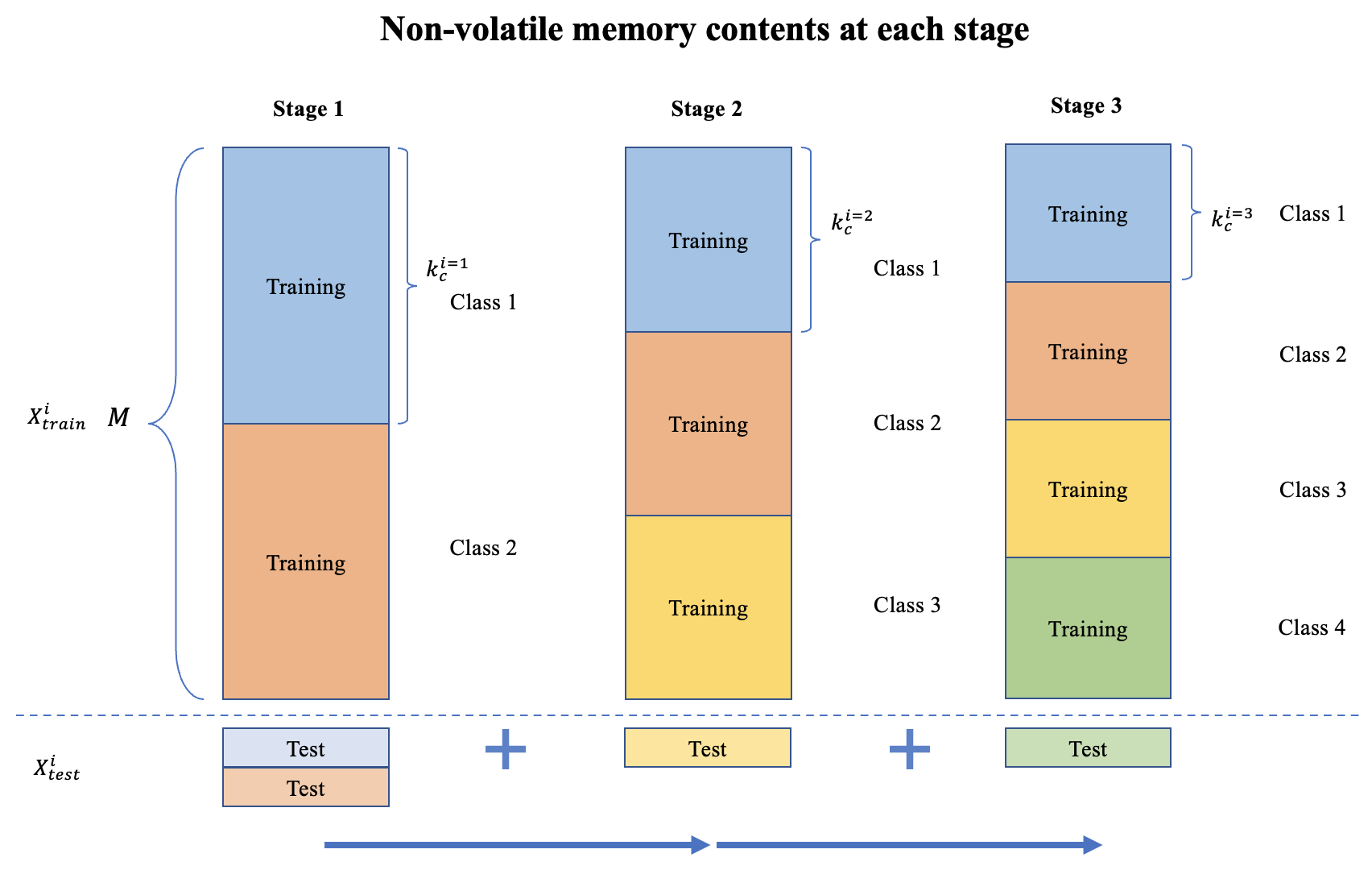
A k-Nearest-Neighbour (kNN) classifier is a non-parametric type of classifier, which predicts the class of unseen examples based on their Euclidean distance from known examples stored in non-volatile memory. Because of its non-parametric nature, its training phase consists of just a mere storage operation. In contrast to other classifiers, there is no need for a computationally expensive parameter update process.
SoC Design is a complex process. A helpful resource that can help SoC noobs make their first steps towards a design is the "Introduction to SoC Design" course offered by Arm education media.
If your institution is already a member of the Arm Academic Access programme, you can obtain free access to the course materials. The only prerequisite is that you should have already signed the AAA agreement.
To obtain access to the course:
A few weeks ago, we had a chance to meet researchers from around the United Kingdom to share our work and bring the community together.
eFutures is a researcher network which aims to support people researching and working with electronic systems across the UK, bringing people together and igniting a spark for collaboration across the globe. eFutures is mainly funded by UK's EPSRC funding body and thanks to their support we were able to present a SoC workshop to the delegates.
eFutures is a UKRI Funded Network
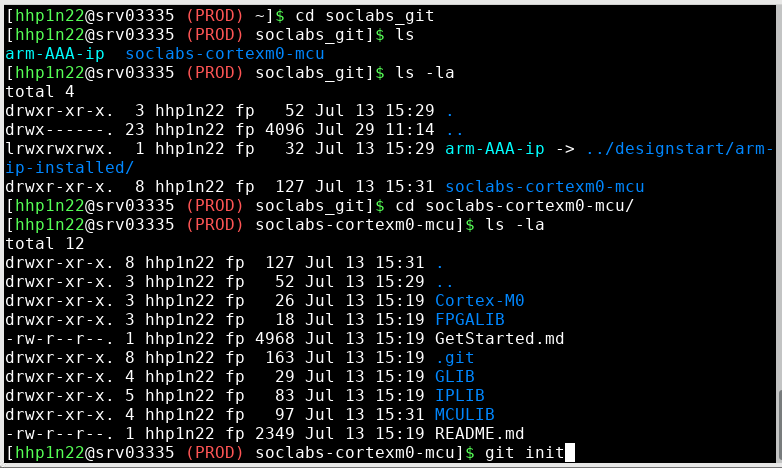
Good project management requires careful tracking of multiple entries by the project contributors. Git is a well-known version control mechanism to integrate into your production flow. Git was initially coded by Linus Torvalds, for his Linux kernel development, who was frustrated by other distributed version control systems. Git supports full-version tracking with history without requiring network access. Git has been adopted by many projects since 2005.
There are many things to keep control of when creating and then maintaining a successful SoC project. If we consider all factors and stages of a project's life, it contains a considerable amount of data; previous reusable IPs/project data, imported custom IP/data from new ideas, system level data for gluing logic, etc. Hardware design is complicated enough, and full microprocessor based SoC device fabrications are quite challenging. David has a great post about an Arm Cortex-M0 based SoC project (Arm Cortex-M0 microcontroller | SoC Labs).
Welcome to SoC Labs. I would like to share my first journey in using the Arm Academic Access (AAA) IP. In this post, I hope to show, how to register, how to connect Arm servers and what may be useful to download as the first steps. You may find some of the screenshots useful. Here is a quick review:
Arm Academic Access (AAA) adds some extra development environment requirements but is also an opportunity to take fresh look at how you support your hardware development activities. At the University of Southampton we had systems in place to support our Electronic Design Automation (EDA) tools for education and research but AAA allowed us to put in place an improved environment for sharing among the team.
Dr Basel Halak, National Teaching Fellow and Fellow of the Royal Academy of Engineering, presents an in depth tutorial on the implementation of Physically Unclonable Functions and their applications in security of hardware devices.
Latest Projects
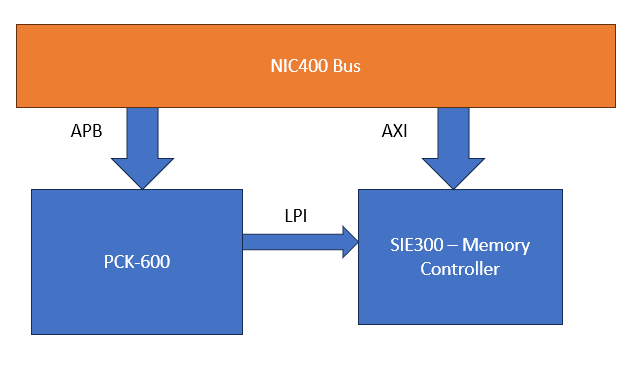

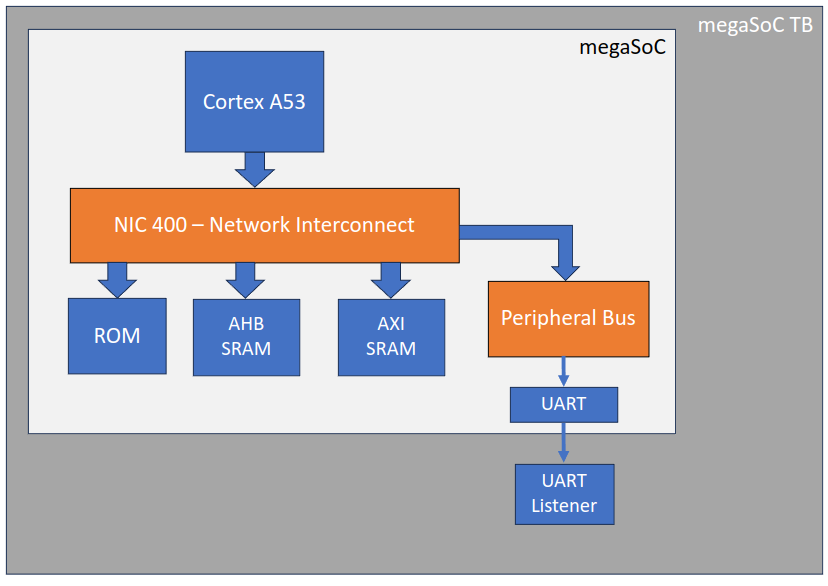
 John Darlington
John Darlington
 Epifanios Baikas
Epifanios Baikas
 Hakan Pekmezci
Hakan Pekmezci

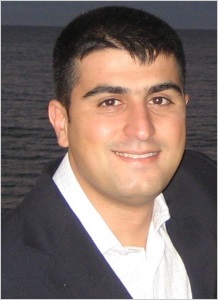 Basel Halak
Basel Halak
